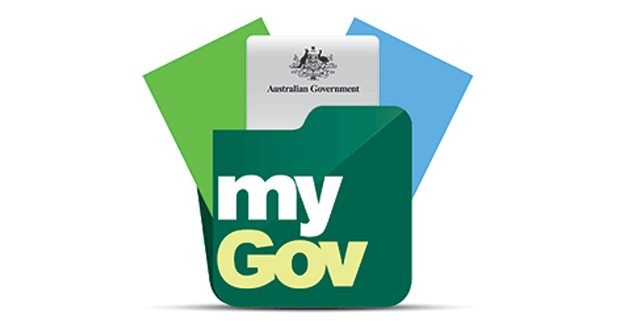If your personal information falls into the wrong hands, it can be used to steal your identity.
If you think your identity has been stolen, report it to your bank and change your passwords.
Signs of identity theft
If your identity has been stolen, you may not realise for some time. These are some signs to look out for:
* Unusual bills or charges that you don’t recognise appear on your bank statement.
* Mail that you’re expecting doesn’t arrive.
* You get calls or texts about products and services you’ve never used.
* Strange emails appear in your inbox.
* A sudden increase in suspicious phone calls, texts or messages through social platforms.
Act fast if your identity is stolen
What to do if you think your identity has been stolen.
Contact your bank
Contact your bank so they can block the account. This will stop a scammer from accessing your money. You may also need to cancel any credit or debit cards linked to your accounts.
Change your passwords
If someone has stolen your identity, they may know your passwords. Change your passwords straight away. Think about all of your online accounts, including social media and other bank accounts.
Report the fraud
If you think your personal information has been used, you can report it to the police via ReportCyber.
Report it to the relevant websites
If you think someone has hacked into your online accounts, report it to the relevant websites.
Alert family and friends
If someone has taken over your social media accounts or your email address, alert your family and friends. Tell them to block the account.
Report it to the ACCC
The ACCC’s Scamwatch collects data about scams in Australia. Your report helps Scamwatch create scam alerts to warn the community.
Contact IDCARE
IDCARE is a free service that will work with you to develop a plan to limit the damage of identity theft.
What to do next
Protect yourself from identify fraud
* Simple steps you can take to avoid identity theft.
* Use strong passwords
* Make sure your passwords are long and contain a mix of numbers, symbols, capital letters and lowercase letters. Strong passwords make it harder for people to hack into your accounts.
* Shred your documents
* Letters from your bank, super fund and employer can all contain personal details scammers can use to steal your identity. Shred these kinds of letters before you throw them out.
* Use public computers with caution
If you use a public computer, for example, at a library, make sure you clear your internet history and log out of your accounts.
* Be careful on social media
Be aware of what you post on social media, particularly if your profile is public. Scammers can find out where you live, work and visit through your posts.
* Use security software on your computer
Use virus protection software to help stop hackers from accessing your information. This software can help protect you if you click on a suspicious link or visit a fake website.
* Monitor your bank transactions
Check your bank statements and online accounts regularly for unusual transactions. If you spot something unusual, check it with your bank and find out if you need to act.
* Request a copy of your credit report
Check your credit report for any unusual or incorrect debts, loans or credit applications. If you suspect fraud, you can request a temporary ban. Find out how to get a free copy of your credit report.
* Secure your mail
Put a lock on your street mailbox so that people can’t steal your mail.








